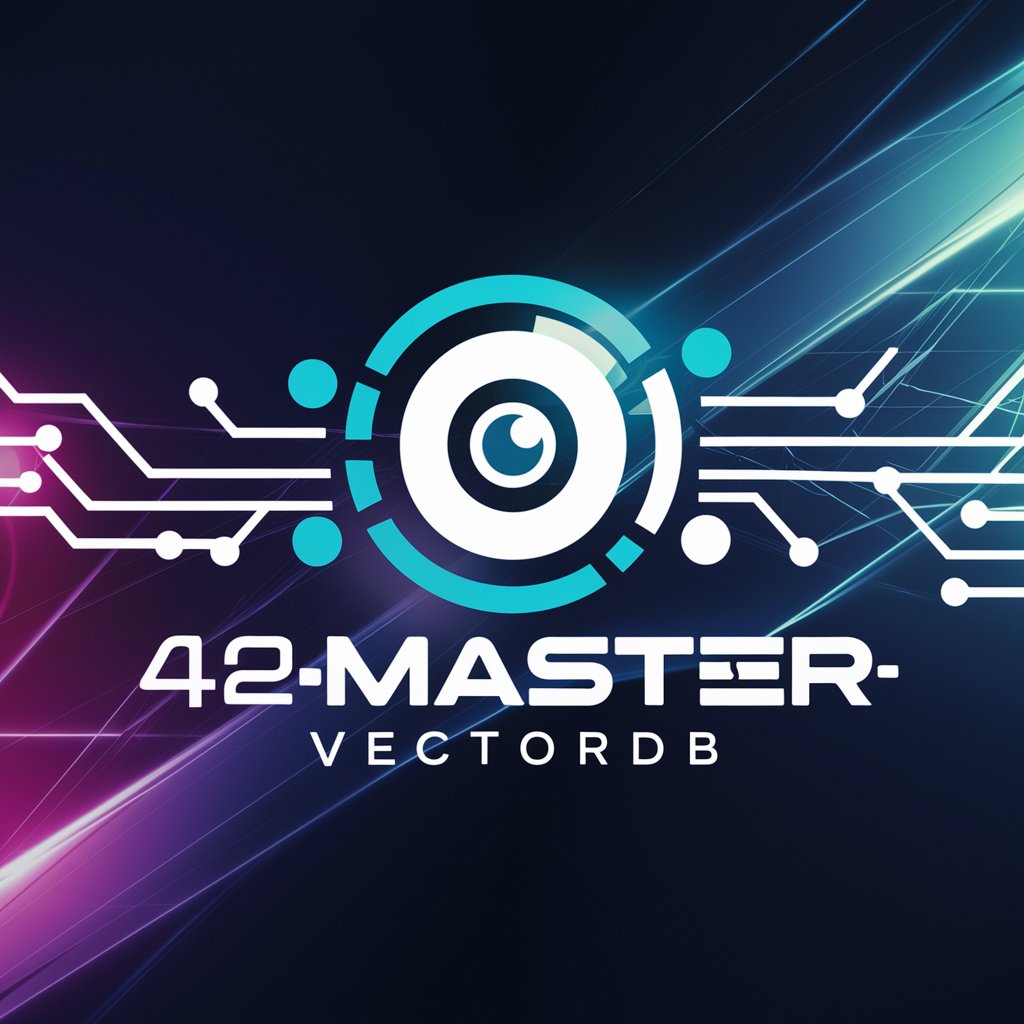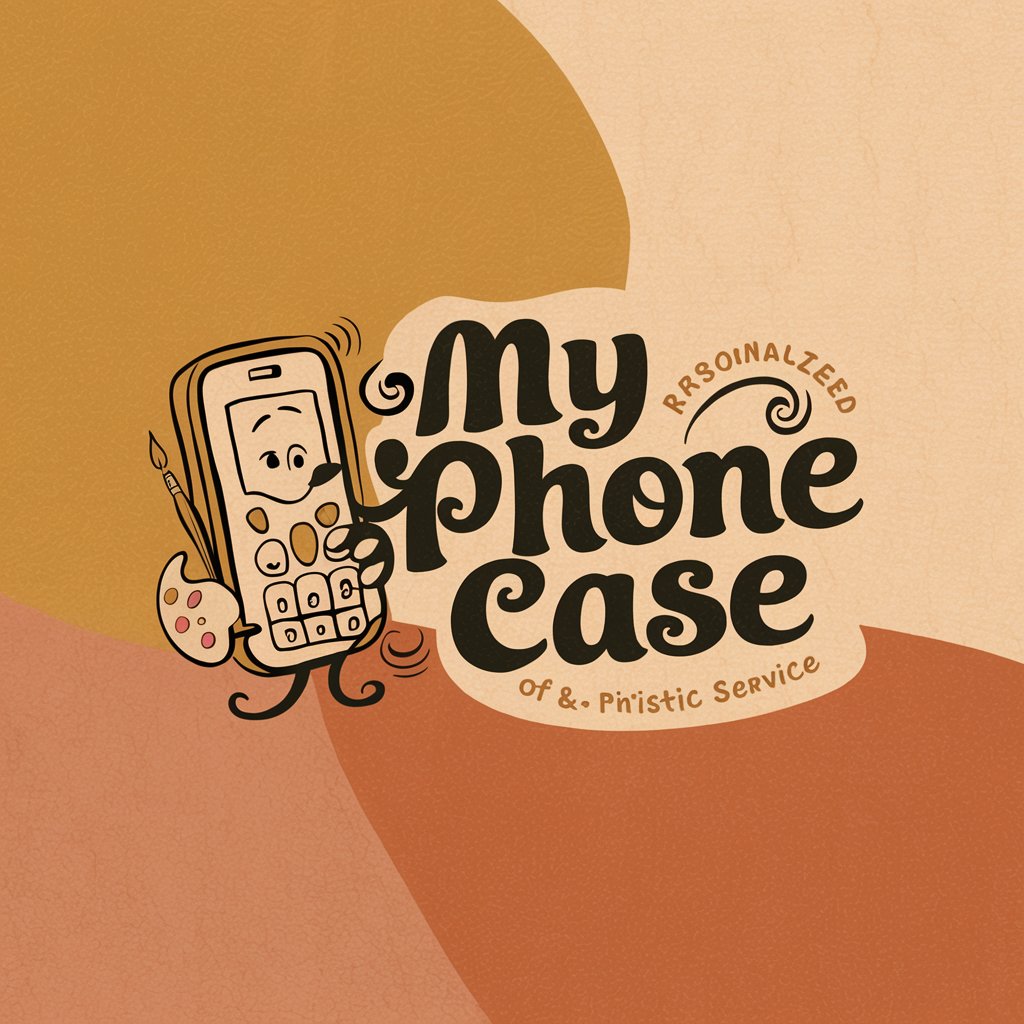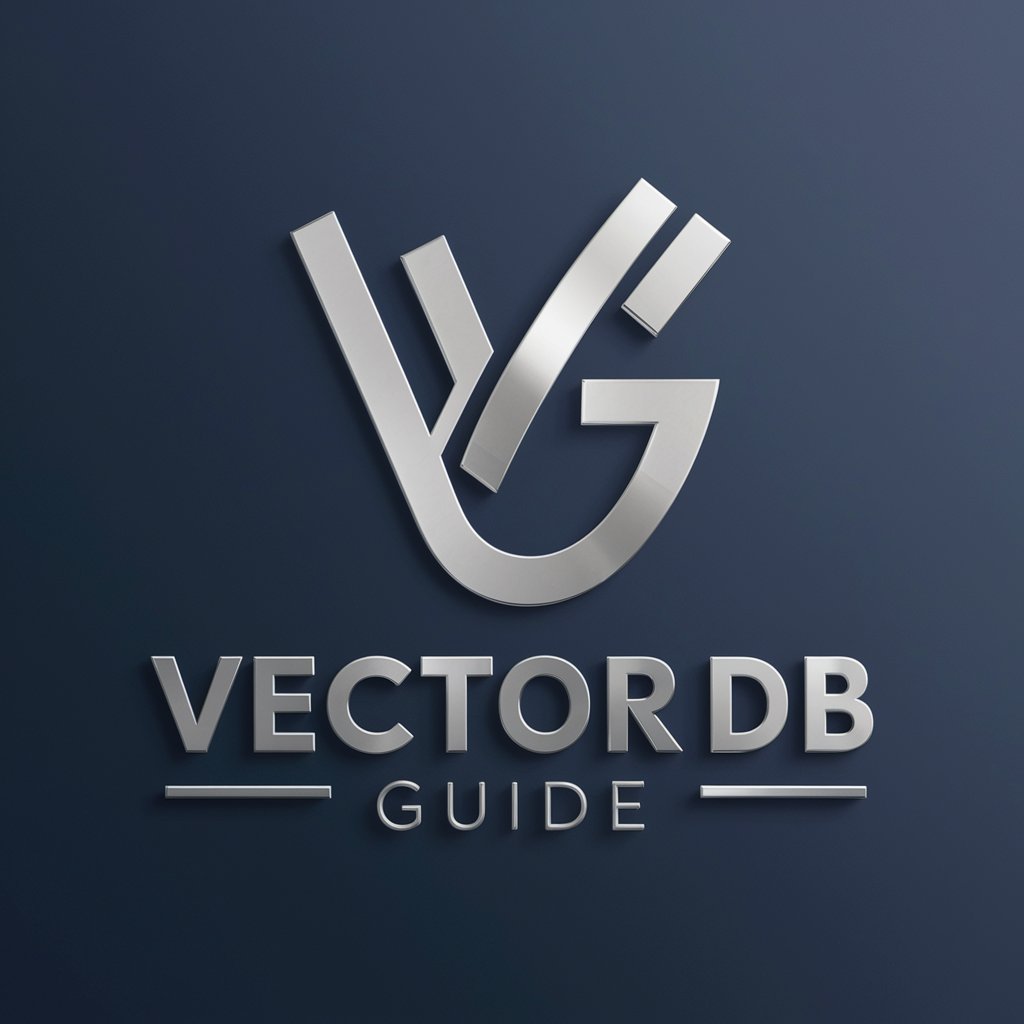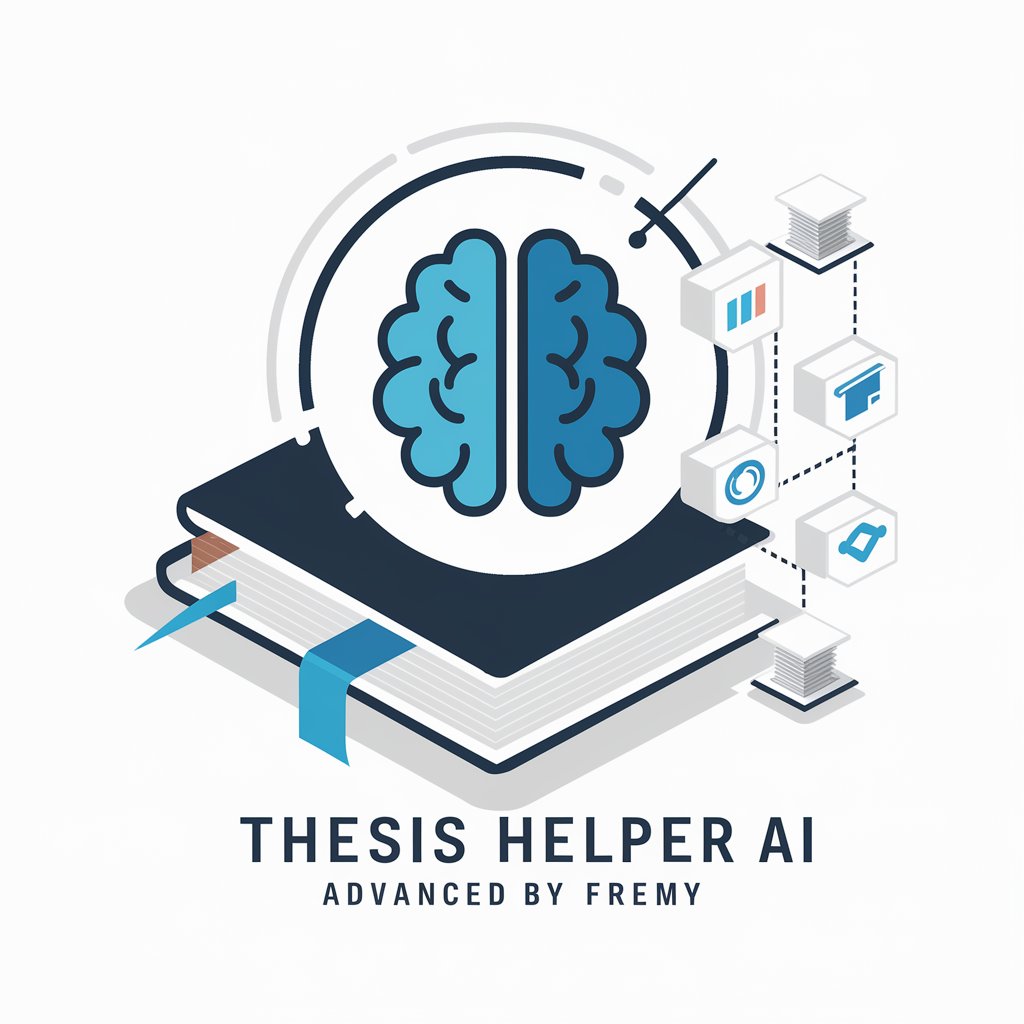
42master-VectorDB - Advanced AI Vector Database

Hello! I'm here to help you master vector databases.
Elevating Data Insights with AI
Explain the concept of vector databases and their advantages.
Describe how to implement a vector database in a machine learning project.
What are the key features of the latest vector database technologies?
How can vector databases enhance search and recommendation systems?
Get Embed Code
Introduction to Vector Databases
Vector databases are specialized storage systems designed to efficiently handle vector embeddings, which are high-dimensional vectors representing complex data like images, videos, audio, and text in a format that machines can understand and process. These databases are purpose-built to support similarity search operations, allowing users to query by example (e.g., finding similar images or documents) by computing the distance between vectors. The core of vector databases lies in their ability to index and search through massive volumes of high-dimensional data quickly and accurately, leveraging various algorithms and data structures optimized for this type of data. For instance, by using approximate nearest neighbor (ANN) search algorithms, vector databases can scale to support billions of vectors while maintaining high performance and accuracy. This makes them particularly useful for applications in AI and machine learning, where they can facilitate tasks like recommendation systems, content discovery, and fraud detection by enabling fast and scalable similarity searches. Powered by ChatGPT-4o。

Core Functions of Vector Databases
Efficient Similarity Search
Example
A music streaming service uses a vector database to power its song recommendation engine. By converting songs into vector embeddings based on their audio features and metadata, the service can quickly find and suggest songs that are similar to a user's current favorites.
Scenario
This function is applied when users are looking for content similar to their interests, enhancing discovery and engagement.
Scalable Indexing and Storage
Example
An online retailer implements a vector database to index millions of product images. By storing the visual features of each product as vectors, the retailer can offer a 'search by image' feature that helps customers find products by uploading pictures.
Scenario
This is critical in e-commerce platforms for improving user experience and enabling intuitive search capabilities.
Real-time Data Processing
Example
A social media platform leverages a vector database to analyze user-generated content in real-time. By processing text and image data into vectors, the platform can quickly categorize content, detect spam, and tailor feeds to individual user preferences.
Scenario
Essential for platforms that require immediate processing and categorization of large volumes of data to maintain relevance and user engagement.
Ideal Users of Vector Database Services
Data Scientists and AI Researchers
These professionals use vector databases to experiment with and deploy machine learning models, particularly for tasks involving similarity search, clustering, or anomaly detection. Vector databases facilitate their work by enabling efficient handling and querying of high-dimensional data.
Software Engineers and Developers
Developers integrating advanced search and recommendation features into applications benefit from vector databases. They can build more responsive, accurate, and intuitive applications across various domains, such as e-commerce, entertainment, and social networking.
Product Managers and Digital Marketers
These users leverage vector databases to understand customer behavior, personalize content, and create targeted marketing campaigns. By analyzing customer data as vectors, they can uncover insights and trends that inform product development and marketing strategies.

How to Use 42master-VectorDB
1
Start your journey at yeschat.ai for a complimentary trial, bypassing any login or ChatGPT Plus requirements.
2
Choose your preferred application scenario from the provided list to tailor the VectorDB functionality to your specific needs.
3
Utilize the intuitive interface to input your data or queries, leveraging the AI to efficiently process and analyze vector data.
4
Explore the extensive documentation and tutorials available to enhance your understanding and skills in vector database management.
5
Take advantage of the customer support and community forums to address any questions or challenges you might encounter.
Try other advanced and practical GPTs
Organizer Grandma
Tailoring spaces to your heart's content, powered by AI.

YungGPT
Bridging Generations with AI-Powered Slang Translation

My Phone Case
Design your story, AI-powered creativity.

Yorkshire Terrier Training Assistant
Empowering Your Yorkie's Potential with AI

Excuse Finder
Crafting Believable Excuses, Powered by AI

Commander Deck Builder
Craft Your Ultimate Commander Deck with AI

Andrew Darius' Market Insighter
Empowering Your Investment Journey with AI

Connect to Interests
Customize Learning, Empower Students

Sergeant Sweat
AI-Powered Personal Fitness Drill Instructor

PósEngenhariasBR
Unveiling Engineering Academia with AI-Powered Analytics

Fighter Finder
Discover your next fight - AI-powered character matchmaking.

Healing Gourmet
Nourishing balance with AI-guided food therapy

Frequently Asked Questions about 42master-VectorDB
What makes 42master-VectorDB unique from other vector databases?
42master-VectorDB stands out due to its advanced AI-driven capabilities, enabling more nuanced and efficient handling of vector data, along with a user-friendly approach that simplifies complex operations.
Can 42master-VectorDB be integrated with existing data pipelines?
Absolutely, it offers seamless integration options with popular data processing frameworks and tools, ensuring a smooth workflow within your existing data ecosystem.
What types of data can be stored and processed in 42master-VectorDB?
It is designed to accommodate a wide range of data types, including but not limited to, text, images, and complex numerical data, making it versatile across various domains.
How does 42master-VectorDB ensure data security?
Data security is a top priority, with robust encryption methods, secure access controls, and compliance with international data protection regulations to safeguard your information.
Is there support for scaling operations with 42master-VectorDB?
Yes, it provides scalable solutions that adapt to your growing data needs, from small-scale projects to enterprise-level deployments, ensuring performance and efficiency.





